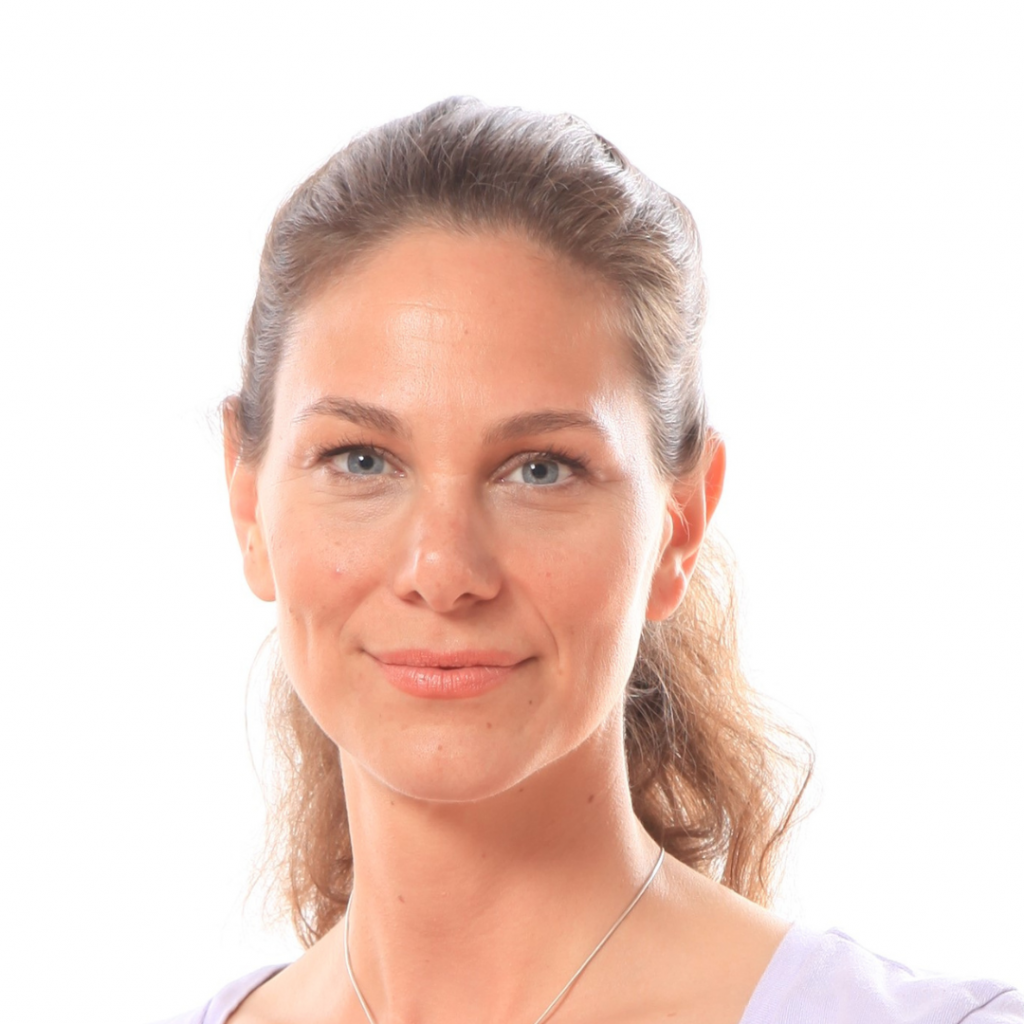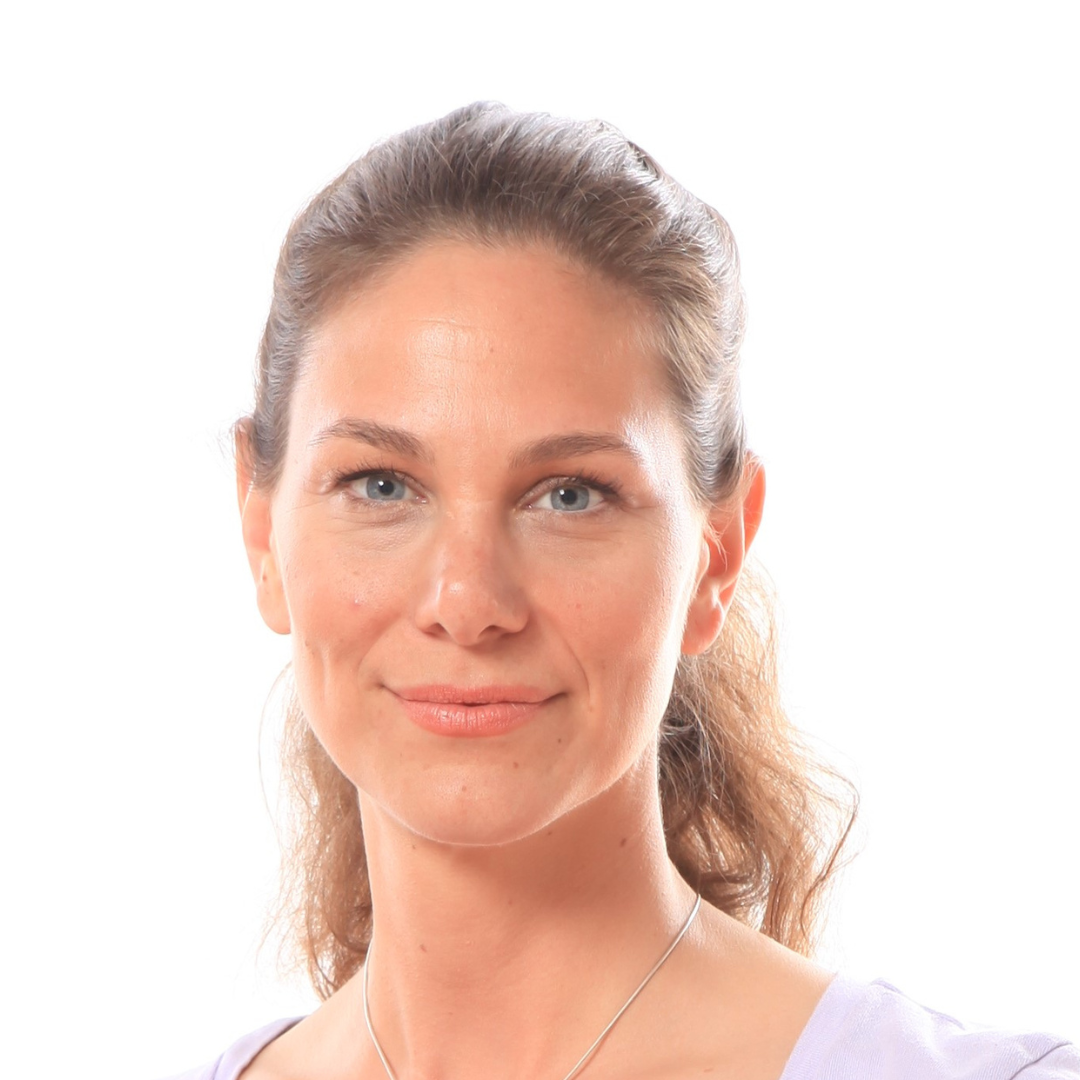
by Christine Wushke
Practices that ground us into the present moment are crucial. It’s in our moment-by-moment attending to the present that we can reconnect with ourselves and the natural world. This is the state of being where it’s easiest to drop into harmony with the earth, our bodies, and perhaps to a source of strength greater than the individual self.
Polyvagal Theory and other schools of thought illustrate how important connection is to our physical and mental health. And the good news is, through conscious breath practices, we can shift our nervous system from a state of protection to one of connection.
Our breath and the state of our nervous system are highly linked. Have you noticed that you hold your breath when you’re anxious? That you breathe more rapidly when you’re panicking? That you may let out a deep sigh when feeling comfortable and content? That your breathing slows down as you fall asleep? These are all examples of the relationship between breath and the nervous system.
When we feel safe, connected to the world around us, and at ease, the breath typically flows easily. Likewise, forms of stress are reflected as well. What’s exciting is that we can reverse engineer this effect by leveraging the breath in simple, deliberate ways.
Try this simple breath awareness practice:
Let yourself breathe naturally and turn your attention toward how it feels as you breathe in and out. Once it feels natural to follow your breath in this way, bring your attention to the tiny pause in between each inhale and exhale. In yoga we call this pause the still point. It can be used as a way to access inner stillness during times of busyness or chaos.
How do you feel after moving your conscious attention to the space between breaths? Are you more calm and physically relaxed? Do you feel a bit more connected to your body overall?
Now try this one:
Move your awareness inward and follow your breath for 3 or 4 cycles. Then bring your arms up in front of you (only as high as is comfortable) as you inhale, lowering them on your exhale. Repeat this for 10 breath cycles, focusing on synchronizing the breath to match the movement of the arms.
Did you notice that this exercise allowed for a sense of slowing down internally? Do you notice any subtle changes in your overall feeling or mental state?
How does this work?
There are many explanations as to how these traditional breath practices affect both the body and mind, but one of my personal favorites is that the practice of breath awareness induces a state of mindfulness. Mindfulness by its very definition is an awareness of the present moment, so it stands to reason that it and breathwork go hand in hand. Add to that our overall health and you have a sort of “holy trinity” of nervous system regulation, each one intrinsically connected to the others. And when they’re all in harmony? That is when we are truly rooted, grounded, and at peace.
Read more about Christine’s work here.
This piece was written to support our event, The Fascial Breath, in November 2022. The recordings of the event will be available in the Members’ Area from February ’23. Find out more about the benefits of membership here.
Christine Wushke
Joining The Hub
There are many benefits to joining The Fascia Hub community. We will be continually revising and updating how we can better support our members. Of course, if you have any ideas or thoughts as to what you would like to see, then we would love to hear from you. Our membership proposition is continually evolving and changing to ensure that we bring you the best from the world of fascia. If there is something you would like to learn more about, please do drop us a line and let us know.

